
100% QC Passed Custom Mod Rubber Bush For Cushion And Sealing Of Rubber Parts Oem Manufacturer Shenzhen


Silicon Rubber Solid Suppliers Full Size Avalliable Silicon Rope Round Extruded Solid Silicone Rubber Rod Cord





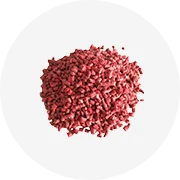
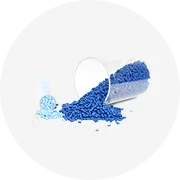
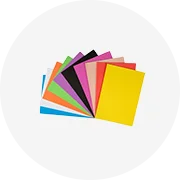
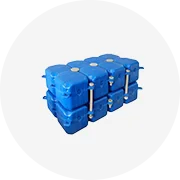
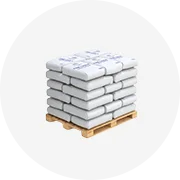
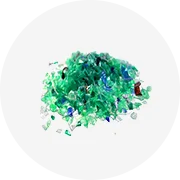
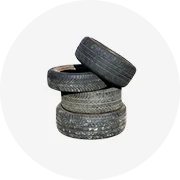
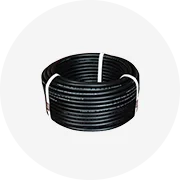

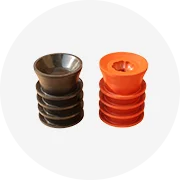
Acrylonitrile Butadiene Rubber (NBR), a versatile synthetic rubber, is a copolymer of acrylonitrile and butadiene. This material is known for its excellent resistance to oils, fuels, and other chemicals, making it a preferred choice in various industrial applications. NBR's unique composition provides a balance of strength and flexibility, which is essential in demanding environments.
There are several types of acrylonitrile butadiene rubber, each tailored to specific needs. The acrylonitrile content in NBR can vary, typically between 18% to 50%, which directly influences the rubber's resistance to oils and fuels. Higher acrylonitrile content enhances resistance but can reduce flexibility. The selection of NBR type depends on the intended application and the required properties of the finished product.
The application range of nitrile rubber is extensive. It is commonly used in the automotive industry for fuel and oil handling hoses, gaskets, and seals due to its oil-resistant properties. Additionally, NBR is utilized in the manufacturing of gloves, especially in the medical and industrial sectors, for its resistance to punctures and chemicals. Other applications include cable jacketing, tubes, conveyor belts, and O-rings.
NBR's features include excellent resistance to temperature variations, which ensures performance in different environments. Its durability and resistance to abrasion also contribute to its longevity in applications where wear and tear are common. The synthetic rubber offers a cost-effective solution without compromising on performance, particularly in applications requiring chemical and oil resistance.
The material composition of acrylonitrile butadiene rubber includes a copolymer of acrylonitrile and butadiene, which gives it a range of physical properties that can be fine-tuned according to the acrylonitrile content. NBR typically comes in the form of a white or light yellow powder, which can be processed into various shapes and products.
Nitrile butadiene rubber is known for its superior resistance to oils, hydrocarbons, and chemicals, making it an ideal choice for environmental seals and gaskets. Its resistance to a wide range of temperatures makes it suitable for harsh conditions, ensuring reliability and performance.